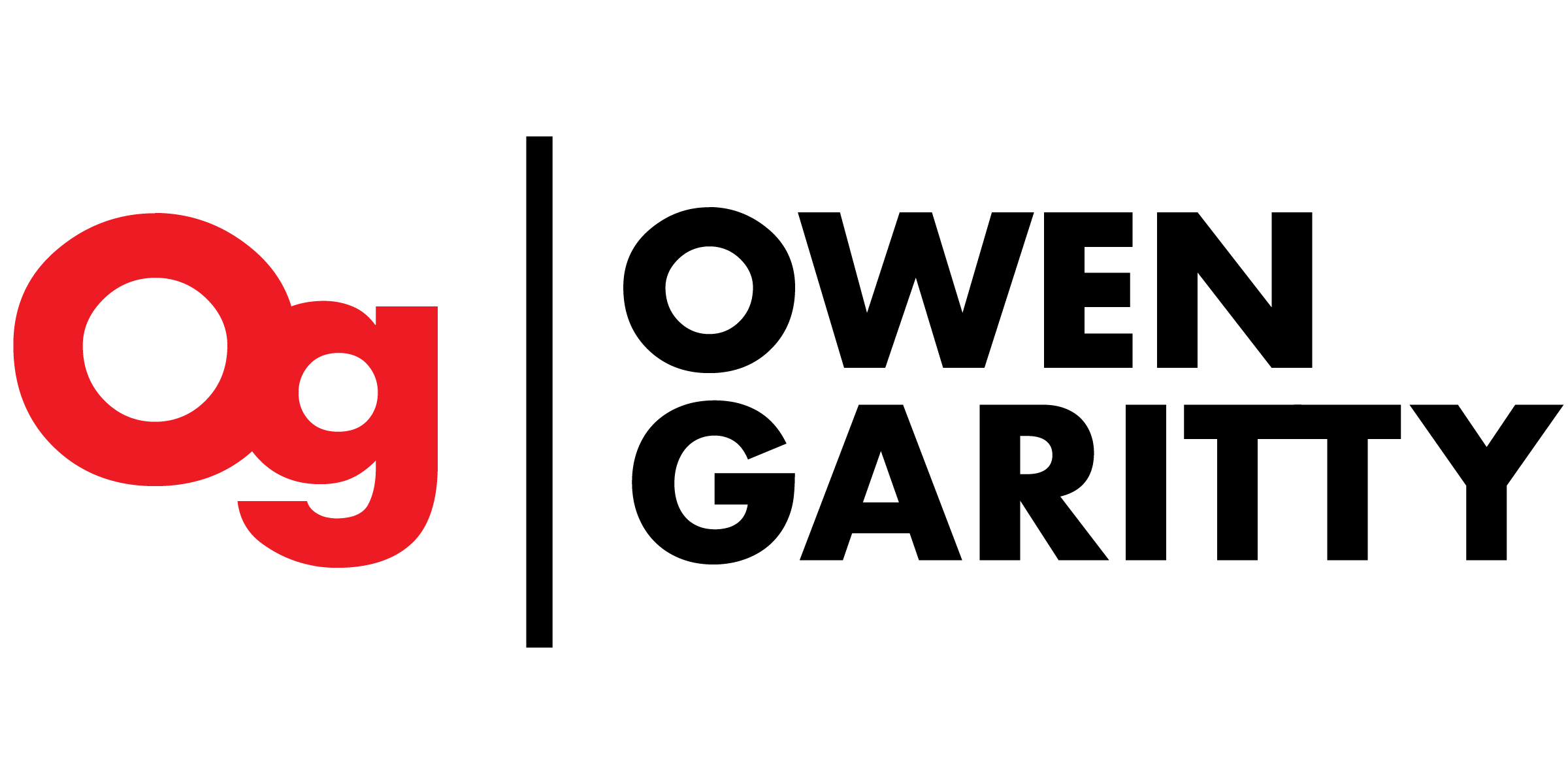
In becoming better storytellers and brand stewards, business owners must first look inward and take the time to intentionally develop the defining narrative behind their brand, the “Why would someone give a shit about this?”
Every brand shouts from the mountaintop about the qualities that make them special, and—frankly—most of it is BS. It doesn’t matter. It’s marketing babble, and most of the time, it isn’t even very good marketing babble.
Opportunities for growth and success in branding lie in framing the passion, hard work, and sacrifice that business owners have invested in their business within a story of Why. Business owners must identify the motivation behind the company’s inception. Whether it was meeting a particular need they observed or creating a product that did not yet exist—whatever it may be—the reason they are first to arrive at the office and the last to leave every day—this is the starting point.
Without that spark, without that passion, there is no story, and there is no brand.
The brand, first and foremost, lies within the origin story.
Once that origin story has been identified, the next step is to build upon it. The brick and mortar of the brand are the answers to the question, “Why does this story matter to others?” Your customers and employees have a vested interest in your business. What is it?
Whether you meet a specific need previously unmet by competitors, embody a particular value that resonates with your consumers’ sense of identity, or proclaim a message that your customers and employees need to hear—there is something your business uniquely offers that makes certain individuals loyal to you. Their loyalty is persuasive all on its own. If you have earned the trust and commitment of a variety of individuals, decision-makers will see that there is something noteworthy and valuable about your brand.
Often, as business owners, we are deceived by the assumption, “I’m the only one who cares. I’m the only one who can talk about my business the way I want it to be talked about.” The truth is that all of our team members, all of our clients and customers, whoever interacts closely with our brand—they are the ones writing our story far more than we are.
These voices must be woven into the elemental fabric of a business’ storytelling and brand messaging. This can take many forms, one of which might be incorporating positive client feedback into your website, sales sheets, or other applicable branding materials. A concise, yet clearly articulated, quote from a satisfied customer demonstrates more powerfully the traits of a business (compared to mere claims directly from the owner). Creating “chapters” in your narrative describing satisfied clients and successful projects is one way to use the voices and experiences of others to shape your brand.
Another crucial element in utilizing the voices of others is to equip the members of your team to be your best brand evangelists. The practical groundwork for this step is defining the mission and core values or commitments of your business and clearly communicating these to your team. With an understanding of organizational goals and principles, each team member will be capable of representing the company (both at the workplace and away from work) through a shared frame of reference. This unity ensures that clients (and all who encounter your brand) will receive a message characterized by your key commitments and compatible with your overall mission, regardless of who their contact is.
With the integration of these additional voices, the brand storytelling process evolves so that it is not only a business owner talking about their business but instead a multifaceted narrative being told by the individuals who live out that narrative daily.
This is how you create a powerful, lasting brand with longevity over time. A single person should never carry a brand solely on their shoulders. It is when a brand is established through the voices of many invested storytellers, encapsulating the passionate origin narrative—that is when people will really start to give a shit.




